The Hungarian Weasel is a breed of dog that has a hardy character, strong hunting instinct and unique mental qualities. Owners of this breed should pay sufficient attention to the care of the dog, including its health, nutrition, and physical activity. Dogs of this breed can be useful both for hunting, they can also be used in sporting events, and they can also be used as service patrol dogs. However, it is important to remember that the Hungarian Weasel is a dog breed that requires a fairly high level of knowledge and experience in dog care from its owner. Only then can one expect a high performance and appropriate behavior from a Hungarian dog breed.
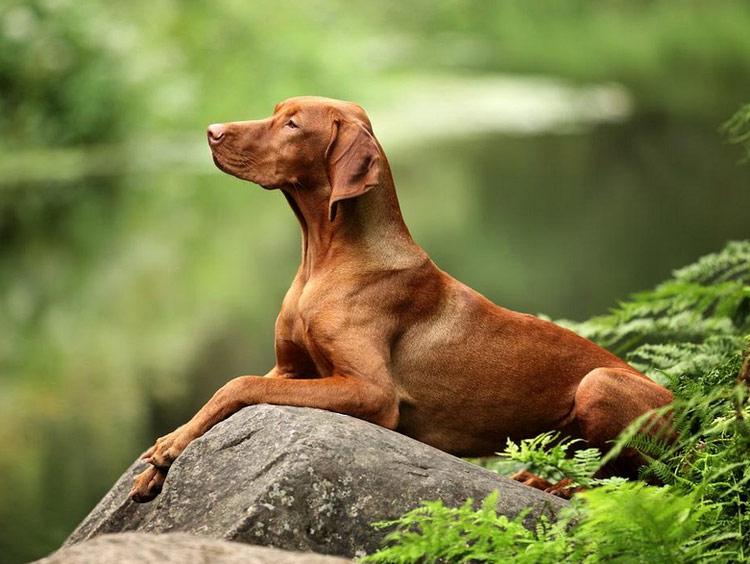
Origin Story
Origins: The Hungarian Dane is a dog breed that originated in Hungary. It was bred in the 10th and 11th centuries from local dogs crossed with foreign breeds brought to Hungary at that time.
Development of the breed: For many centuries, the Hungarian Wyzhla was used for hunting big game such as deer, wild boar, elk, and also for foxes and hares. The Hungarian Wyzhla was very popular with the nobility and aristocrats who used it for hunting. At the end of the 19th century, the breed was standardized, and in 1920 the Association of Hungarian Vyzhla Lovers was founded.
The Hungarian Vyzhla in the Modern World: Today the Hungarian Vyzhla remains one of the most popular hunting dogs in Hungary and all over the world. It is also used as sporting dogs, service patrol dogs, and rescue dogs.
Appearance characteristics
Dimensions and weights: The Hungarian Otter has an average weight of 25 to 30 kilograms and a height at withers of 57 to 64 cm for males and 53 to 60 cm for females.
Coat type and color: The hair of the Hungarian dog is short, smooth and dense. The color can vary from golden to dark golden-red.
Features of the head, eyes and ears: The head of the Hungarian Weasel is of medium length, dry and well-proportioned. The eyes are expressive, brown or hazel. The ears are floppy, of medium length and widely set.
Body constitution: The build of the Hungarian dog is powerful and hardy. The chest is broad and deep, the back is straight and strong, and the legs are long and powerful. All in all, the Hungarian Weasel looks very harmonious and well-proportioned.
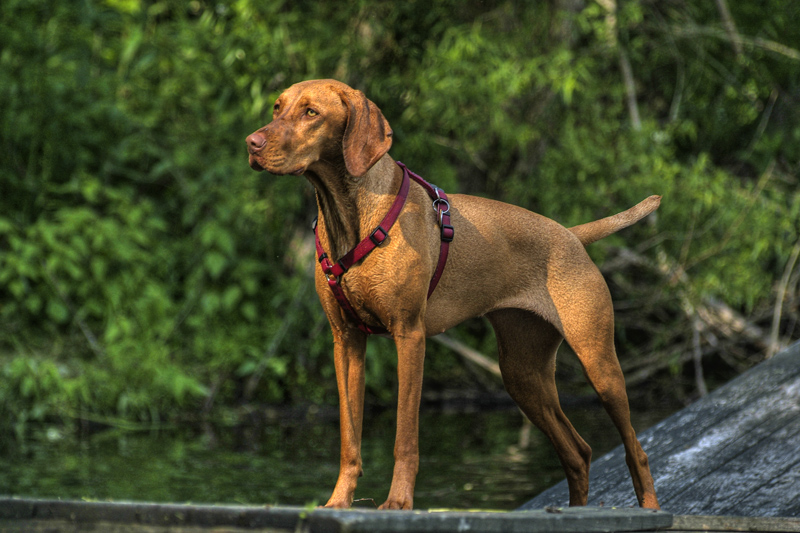
Character and behavior
Mental qualities: The Hungarian Dane is highly intelligent, easy to learn and follows commands well. It is also very observant and quick to react to changes in its surroundings.
Social Behavior: The Hungarian Dane is very friendly and loyal to her owner, and is good with children and other pets. However, it can be secretive and wary of strangers.
Characteristics: The Hungarian Vetch is a very energetic and hardy breed that needs a fair amount of exercise and training. She is also very curious and intelligent, which can lead to her acting out on her own if she does not get enough stimulation and exercise.
Care
Health and Health Problems: The Hungarian Weasel is usually in good health, but may be susceptible to some diseases such as hip dysplasia, Willebrand’s disease, and glaucoma. It is important for owners to have regular preventive exams at the vet and to monitor their dog’s condition.
Nutrition and diet: The Hungarian Weasel needs a high quality, protein-rich diet that contains all essential vitamins and minerals. It is important to watch the quantity of food, and not to overfeed in order to avoid obesity.
Hair care: Hair care for the Hungarian dog is quite simple and involves regular brushing and combing with a soft brush.
Physical Activity and Training: The Hungarian Weasel is a very active breed that needs long walks and plenty of exercise. Exercise is also an important part of grooming this breed, as it helps to keep it physically and mentally fit.
Dental and claw care procedures: It is important to check the condition of the Hungarian Otter’s teeth and claws regularly, and have them cleaned and trimmed as needed.
Use in the modern world
Hunting skills: The Hungarian dog is still used as a hunting dog, thanks to its stamina and good hunting instinct.
Participation in sporting events: The Hungarian Vetch is also popular with sporting dog enthusiasts, such as agility, steeplechase, and more.
Patrol dog service: Some Hungarian dog owners use their dogs as patrol dogs because they are highly intelligent and trainable.
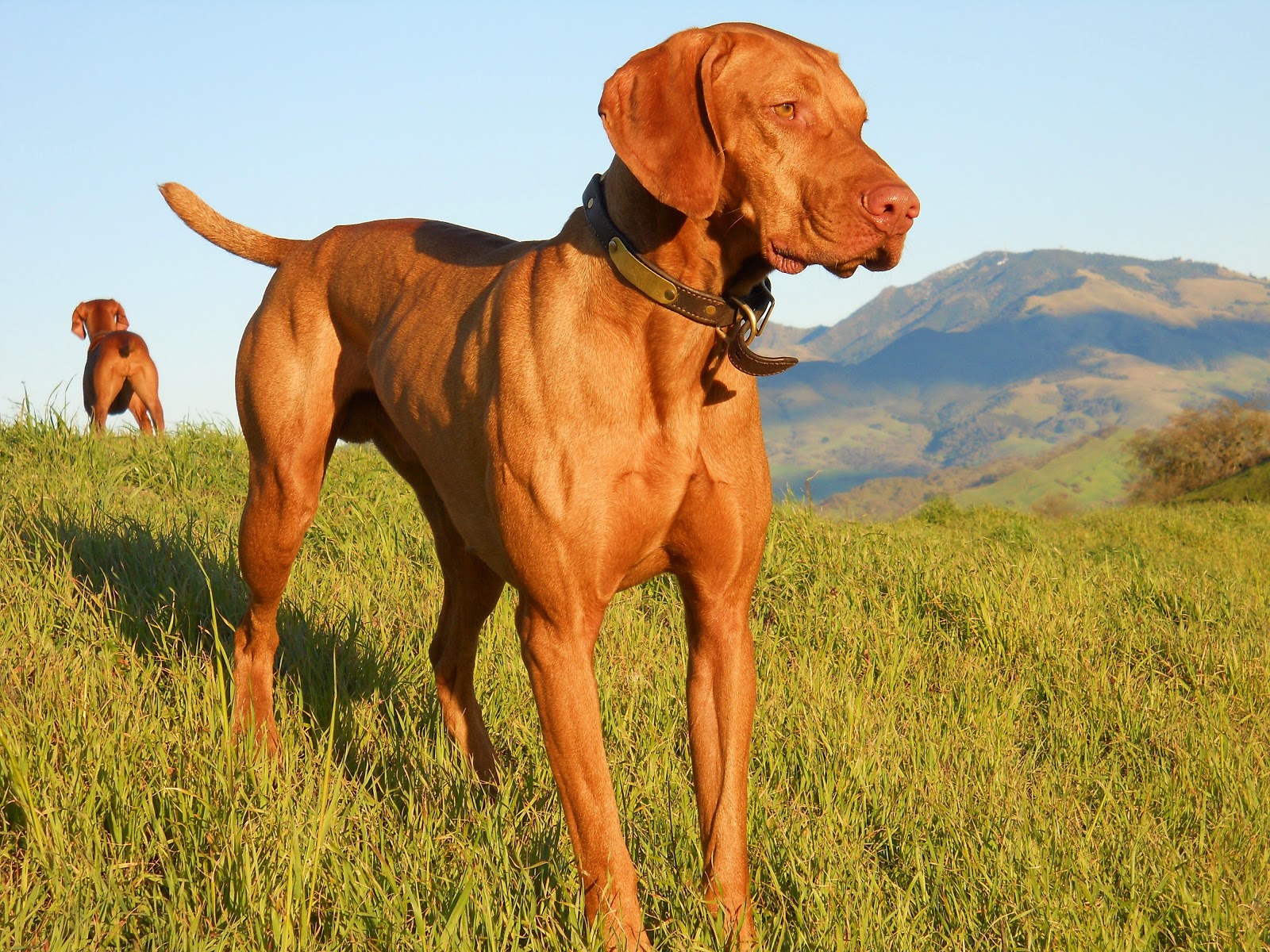
Top 10 Facts about the Hungarian Weasel:
- The Hungarian Preakness has many nicknames, including “Hungarian Leopard,” “Hungarian Short-haired Preakness,” “Hungarian Preakness,” and “Hungarian Short-haired Preakness.”
- The Hungarian Preakness is a very old breed that was bred in Hungary in the 10th and 11th centuries.
- The Hungarian dog is a breed of hunting dog that is used for hunting big game such as deer, wild boar, elk, etc.
- The Hungarian Weasel is a high-energy breed that needs a fair amount of exercise and training.
- This dog breed is very observant and quick to react to changes in the environment.
- The Hungarian Vyzhla is highly intelligent, easy to learn, and follows commands well.
- This dog breed is friendly and loyal to its owner, but can be secretive and wary of strangers.
- The Hungarian dog lynx has a short, smooth and dense coat that is easy to care for.
- The Hungarian Otter has a powerful and hardy build that allows it to travel long distances.
- The Hungarian dog is still a popular dog breed around the world, used not only for hunting, but also for participating in sporting events and as patrol dogs.
Conclusions
The Hungarian Vyzhla is a very unique breed of dog that has a high level of intelligence, an energetic character, and a strong hunting instinct. It makes an excellent partner for those who want to go hunting or exercise with their dog. It is important to remember that the Hungarian Dane is a dog breed that requires a fair amount of exercise and training, as well as a high level of care and attention from its owner. Overall, the Hungarian Weaver is the ideal pet for those who want an energetic, friendly, and loyal dog that can handle long walks and sports.


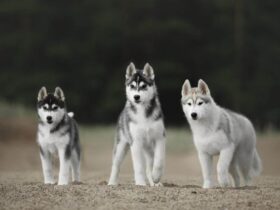
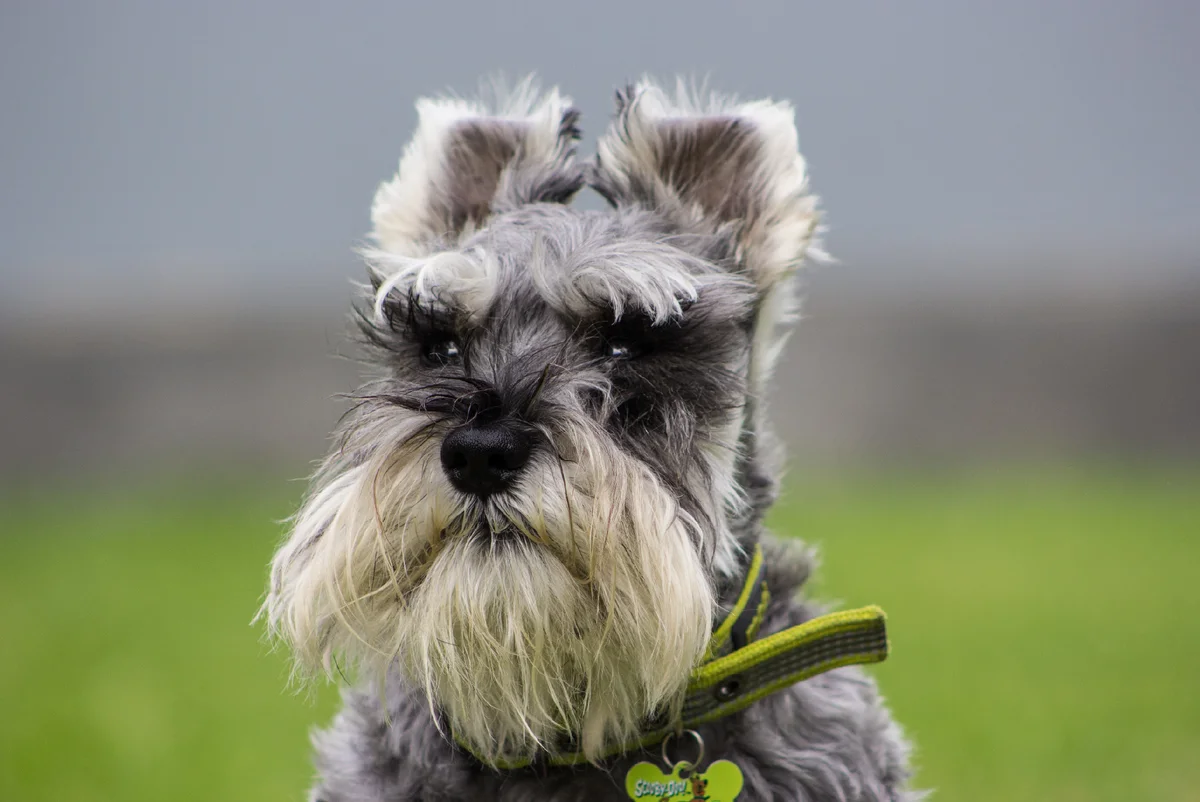
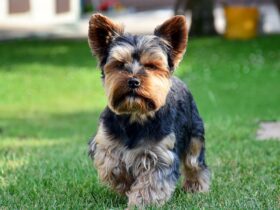
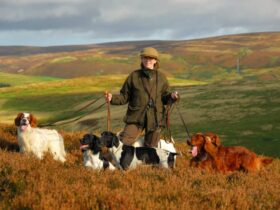
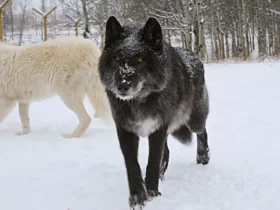
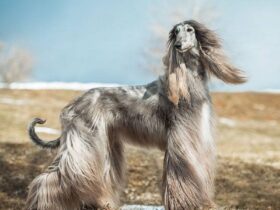
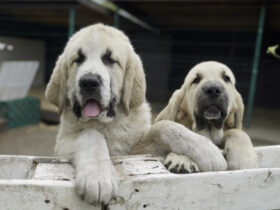
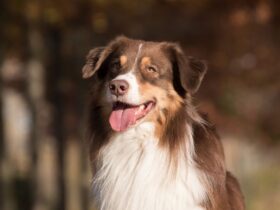
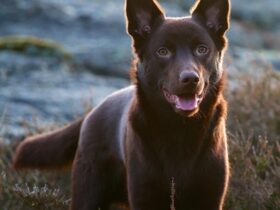
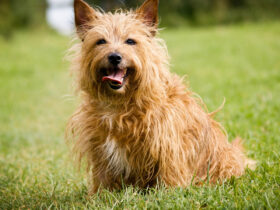
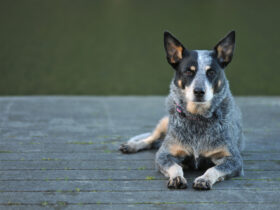
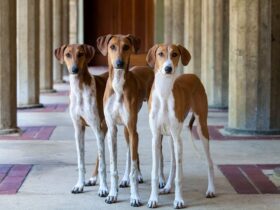
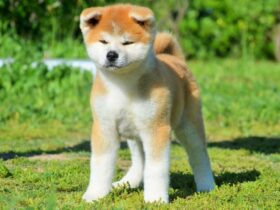
Leave a Reply